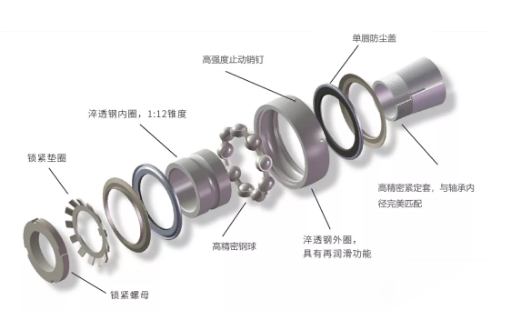On July 22 local time, the latest data released by S&P showed that the manufacturing industry, service industry and comprehensive purchasing manager index (PMI) of the United States continued to decline in July, and all three indexes fell to new lows of more than two years. Among them, the service industry and comprehensive PMI fell below the boom and bust line.
The euro area is also in bad shape. According to S&P data, the euro area's comprehensive PMI fell below the boom and bust line in July, the lowest since February 2021.
S&P Global's report shows that in July, the initial value of the US comprehensive PMI fell 4.8 points to 47.5, falling below the 50 year threshold, the lowest since May 2020. If the index is higher than 50, it means the industry is expanding, and if it is lower than 50, it means shrinking.
According to the report, business activity in the United States contracted for the first time in more than two years in July, mainly due to a sharp decline in service industry activity and a slight decline in manufacturing.
The initial PMI of the US service industry in July fell to 47.0 from 52.7 in June, also falling below the boom and bust line, the lowest since May 2020. The previous survey by Reuters showed that the service industry PMI in July was expected to be 52.6, and the actual index was far lower than expected.
The expected value of manufacturing PMI was 52.0, and S&P global data showed that the initial value of manufacturing PMI in July was 52.3, higher than expected. However, the index was lower than 52.7 in June and fell to the lowest level since July 2020.
Chris Williamson, chief business economist of global market intelligence at S&P, pointed out in the report that the initial PMI of the US in July showed that the US economy was deteriorating. In addition to the pre epidemic blockade period, the output in July is declining at a "unprecedented" rate since the global financial crisis in 2009. The survey data shows that GDP has decreased by about 1% annually.

Williamson wrote that at present, the manufacturing industry has stagnated, and the service industry, which had recovered from the epidemic, has reversed again; Demand has been suppressed by rising cost of living, rising interest rates and pessimism about the economic outlook. Enterprises are reassessing production and labor demand, resulting in slower employment growth.
He also believed that although supply chain problems continued to restrict economic activities, weak demand would help reduce inflationary pressures. The average price rise of goods and services slowed down significantly in July. Although the inflation rate is still at a historical high, the growth rate has dropped to a 16 month low.
While the US business activity data fell, the euro area data also fell.
The data released by S&P Global on Friday showed that the initial comprehensive PMI of the euro zone in July fell to 49.4 from 52.0 in June, falling below the boom and bust line, which was previously predicted by Reuters to be 51.0. This is also the first time that the initial value of the euro area comprehensive PMI has fallen below the boom and bust line since February 2021.
Among the countries in the euro area, Germany suffered the largest decline. The initial comprehensive PMI in Germany fell to 48.0 in July, the lowest since June 2020.
Similar to the situation in the United States, the euro area has also experienced slower growth in services and reduced manufacturing activity. The initial manufacturing PMI in the euro area fell to 49.6 in July from 52.1 in June, the lowest in 25 months. The initial value of service industry PMI fell to 50.6 from 53.0 in June, the lowest in 15 months.
Williamson pointed out in the report that the euro area economy will shrink in the third quarter, and the previous outlook index also shows that the situation in the euro area will continue to deteriorate in the coming months.
He said that the most worrying thing in the euro area was manufacturing activity. Manufacturers reported lower than expected sales, resulting in an "unexpected" increase in inventories. As demand slows and prices rise, manufacturers will further reduce production.
